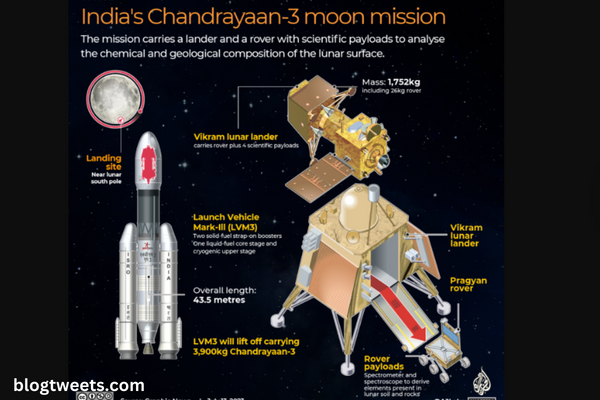IN PRELIMINARY BENCHMARKS, THE INTEL CORE I9-13900T DISPLAYS EXCEPTIONAL EFFICIENCY.

With increased clock speeds and power optimization, Intel unveiled 16 new CPU models in its 13th generation family at CES. According to reports, new Geekbench 5 evaluations done on the Core i9-13900T display great performance and power economy when compared to the Core i9-12900K.
The “T” and “K” designations for Intel’s processor nomenclature indicate that the T-Series processors are intended to dissipate heat significantly more slowly than their K-Series counterparts. Lower heat typically translates into less power being used.
The amount of heat energy dissipated is expressed as the thermal design point (TDP) in Watts. This is referred to by Intel as the Processor Base Power and Maximum Turbo Power. The Turbo Power will be throttled depending on heat, therefore it normally cannot be sustained for long.
The new Core i9-13900T (8+16 cores) has a Processor Base Power of 35W, compared to the Core i9-12900K’s 125W (8+8 cores). In addition to its revised design, the new i9-13900T also offers twice as many “efficiency” cores, and there lies the benefit, especially for multithreaded workloads.
With Geekbench 5 scores of 2,178 (single thread) and 17,339 (multithread), the new Core i9-13900T displays somewhat greater speed than the Core i9-12900K despite having a vastly lower TDP, and that’s rather astounding.
It’s not always easy to saturate all 24 cores, but modern operating systems run hundreds of threads and could profit from such a processing architecture. There’s no doubt that Intel records and executes a lot of application traces to guide its next-generation CPU architectures. Expect real-world improvements.
For now, these are Desktop processors, but it’s not unrealistic to look for a big improvement in power efficiency for next Intel mobile chips. As of late, the Intel vs. AMD war has been exciting to watch, and users have enormously profited from the technological progress that Intel had to bring in its 12th-generation CPUs to stay competitive.







